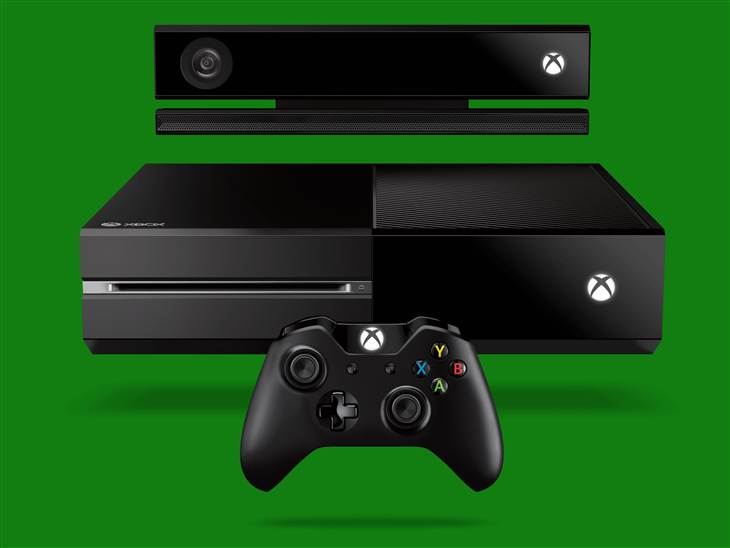When the Xbox 360 released in 2005, all smartphones were like Blackberries, the iPad was merely a glimmer in Steve Job’s eye and Facebook focused almost exclusively by college students. In the reality that the Xbox One is launching into, smartphones, tablets and social networks have all changed the way people consume games.
The Xbox One is being positioned as a all-in-one device for living room entertainment needs. It is perhaps unsurprising then that the focus on the console was on TV services for much of Microsoft’s hour-long presentation.
To that end, Microsoft will be launching a live-action Halo TV series that will be accessible through the Xbox in partnership with the director Steven Spielberg. What’s more, Microsoft has partnered with the NFL to develop an app that lets players interact with their fantasy football teams while watching a live game.

The next generation of Kinect will also be a vital part of the Xbox One. The device will ship with every Xbox One console, will help enable Skype video chatting and is precise enough to monitor a person’s heartbeat, according to the company.
The new Kinect will be able to recognize players’ face when they step in front of it. Once detected, the Xbox One will automatically present the user with personalized entertainment options based on what they’ve last played, watched and listened to.
All of these features may be vital in a world where mobile gaming is continuing to pick up speed and profit margins are slim even for the most successful of AAA publishers.
“All they had to do is keep their eyes on each other and to keep them on the already confirmed gaming customers. Compare that with today, they’re not just competing with each other,” said James McQuivey, an analyst at Forrester Research. “They’re competing with a much greater pool of people.”
Still, many people see their TV as the center of home entertainment and the Xbox One offers something that is hard to match by mobile devices. “You can do a lot of things on the phone and a lot of things on tablet,” said John Taylor, an analyst at Arcadia Investment. “You can’t do the same kinds of things on those device as you can on that big screen.”
Source: New York Times

